2021 Toyota Mirai Growing, Going Rear-Wheel Drive

Imagine an electric car that never needs to be plugged in for a recharge.
Fundamentally, that’s what a hydrogen-powered fuel cell vehicle is.
Since debuting in 2015, over six thousand of the compact Toyota Mirai sedans have found homes in the US. Today, Toyota unveiled the new direction for their second-generation FCEV, one that will hit select showrooms late in 2020.
The 2021 Toyota Mirai Concept strays well away from the established front-wheel drive platforms that tend to underpin alternatively-fueled vehicles and hybrids, moving to a larger rear-wheel drive platform for a more luxurious driving experience. With a 114.9 inch wheelbase and a 195.8 inch overall length, the 2021 Mirai Concept stretches 5.5 inches longer between the axles and 3.3 inches longer overall over the current Mirai. Notably, the Mirai Concept no longer has a divider between the rear seats, allowing for a third rear-seat passenger.
The styling of the 2021 Mirai Concept reflects a more premium vehicle – appropriate, as the low-volume hydrogen fuel cell sedan needs to have a high sticker price to attempt to recoup the costs of such a unique powertrain. The long hood and short rear deck impliy a stunning four-door coupe profile.
The fuel cell drivetrain will benefit from a larger-capacity hydrogen storage tank, extending the range between fill-ups. Toyota, according to senior engineer Jackie Birdsall, is targeting a thirty percent increase in driving range over the current Mirai – which has an EPA estimated range of 312 miles. Extrapolated, the 2021 Mirai Concept should manage over four hundred miles per tank of hydrogen.
That’s important, as the infrastructure to support these vehicles is not quite where it should be.
California currently has 36 hydrogen refueling stations, along with one in Hawaii – these two states are the only ones where the Mirai is currently offered for sale. The northeastern US is the next focus for Toyota’s fuel cell efforts, as there are several hydrogen refueling stations throughout New England – but regulatory issues and legacy laws concerning transporting hydrogen through tunnels and over bridges currently make driving an FCEV a near impossibility in the crowded region.
Expect to see more details at the 2019 Tokyo Motor Show near the end of October.

A lifelong Ohioan, Chris grew up around classic rusty sports cars from Japan and England. He's been covering the automotive industry for nearly 10 years, and is a member of the Midwest Automotive Media Association (MAMA). A family man, Chris drives a Chrysler minivan, and uses his rusty old Miata as a shelf, until the day it is uncovered as a priceless barn find.
More by Chris Tonn




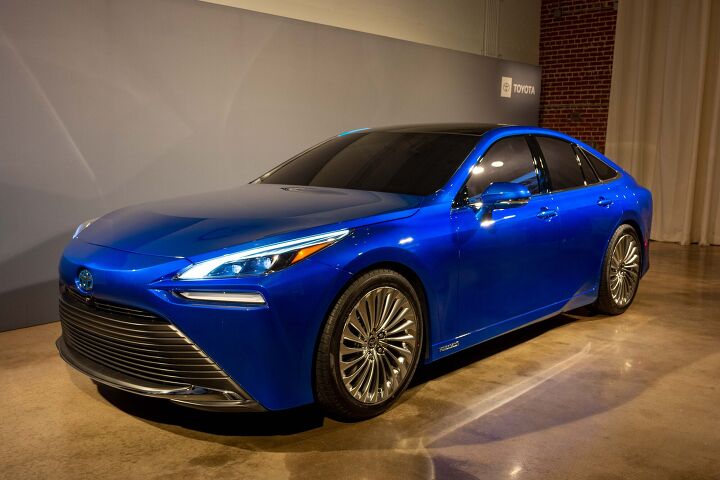





















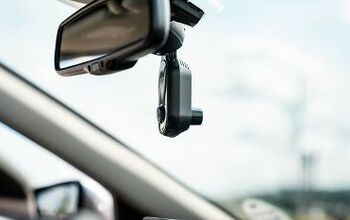
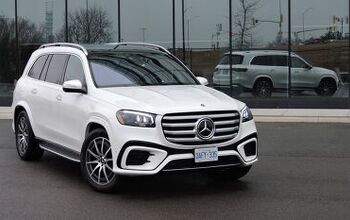


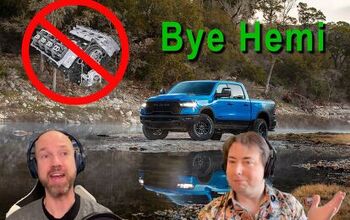




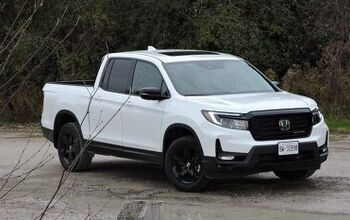

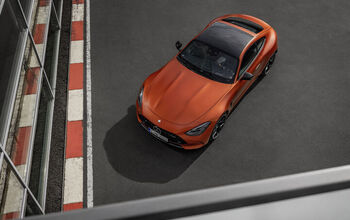


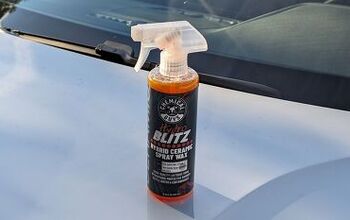
Comments
Join the conversation